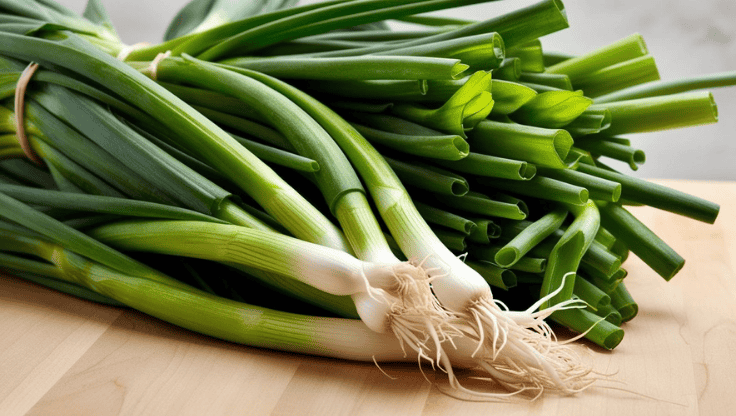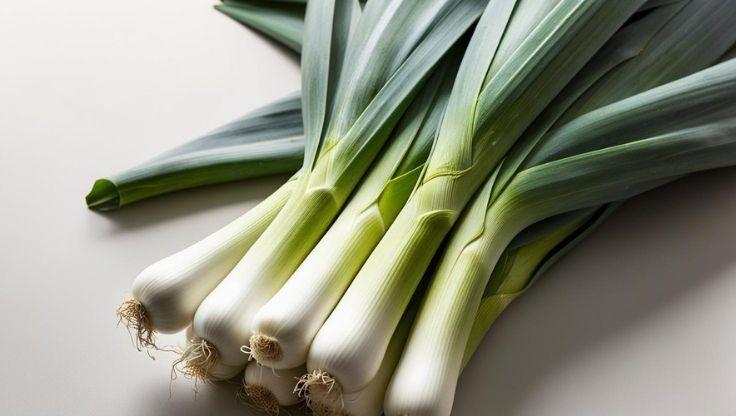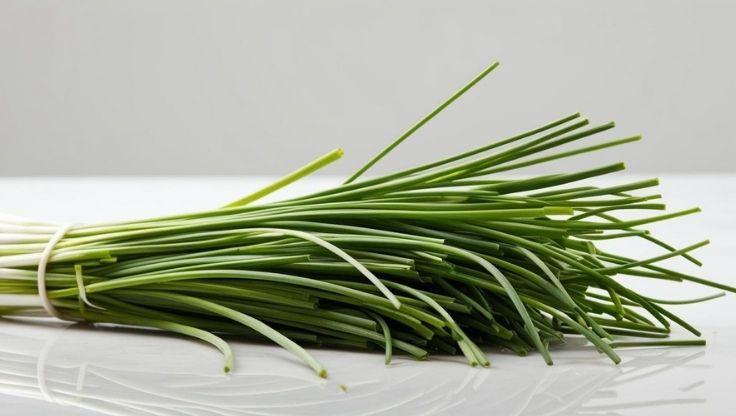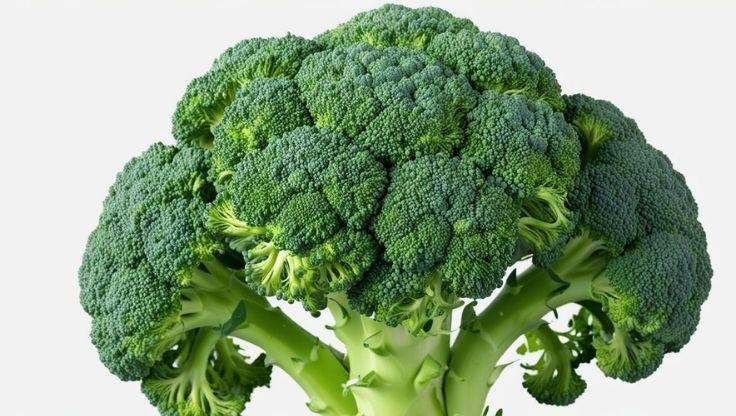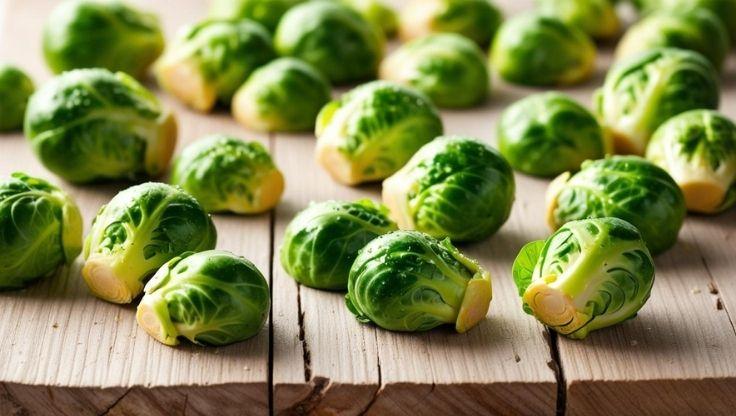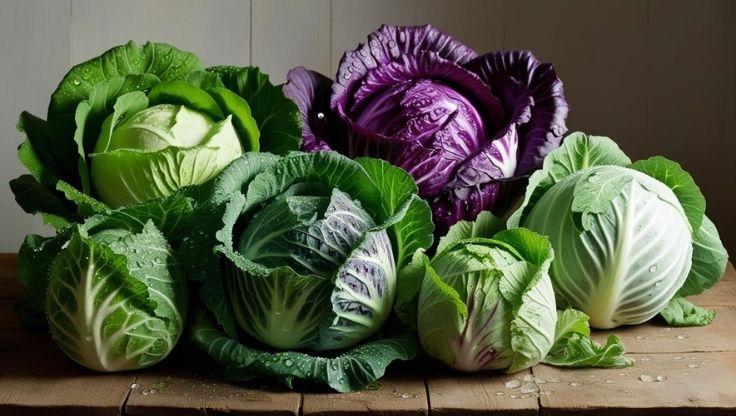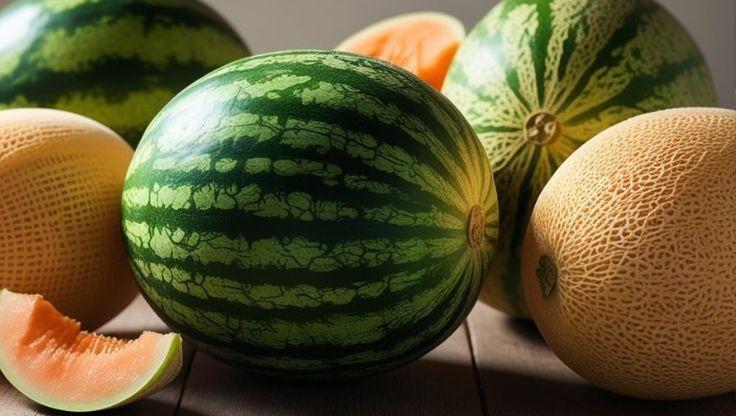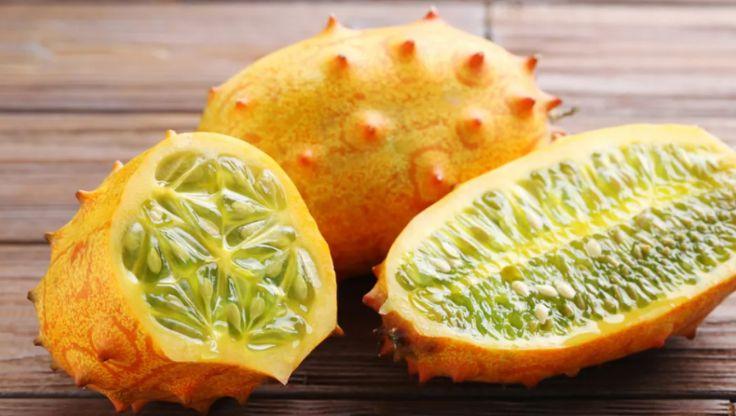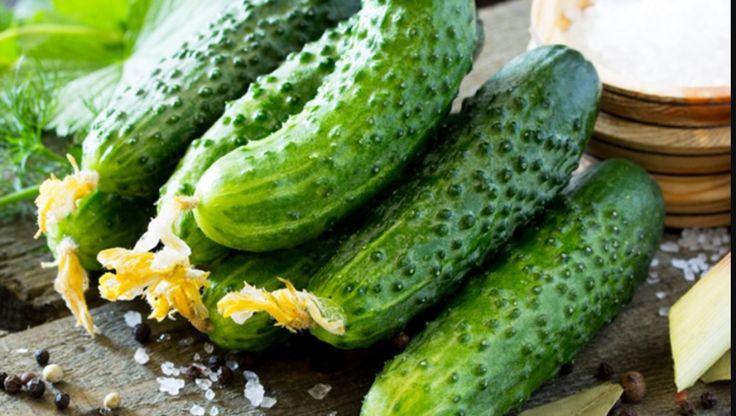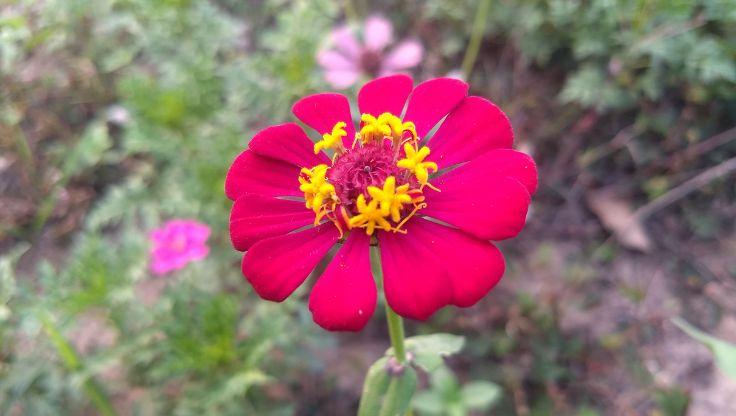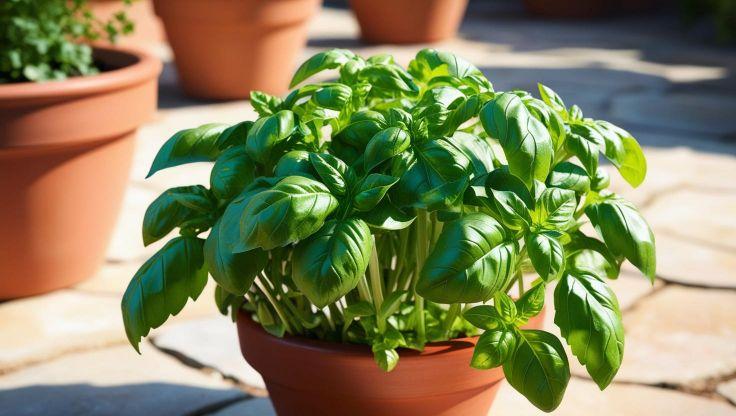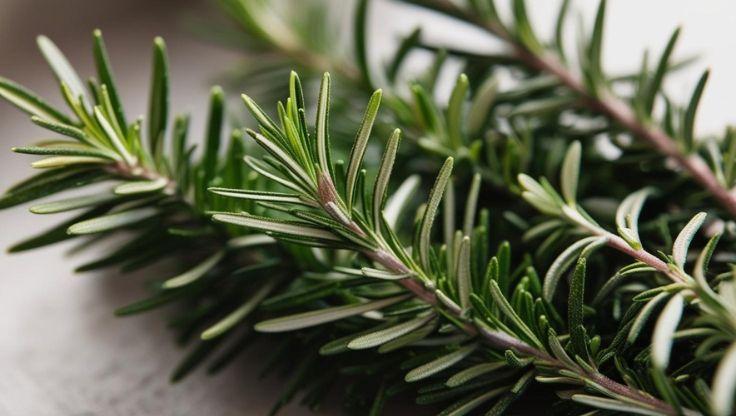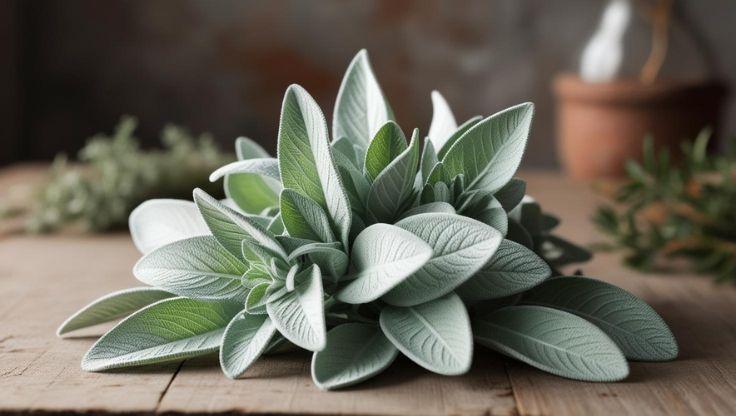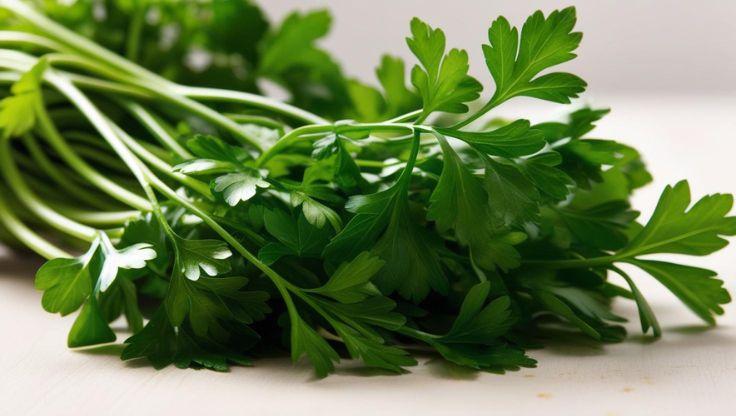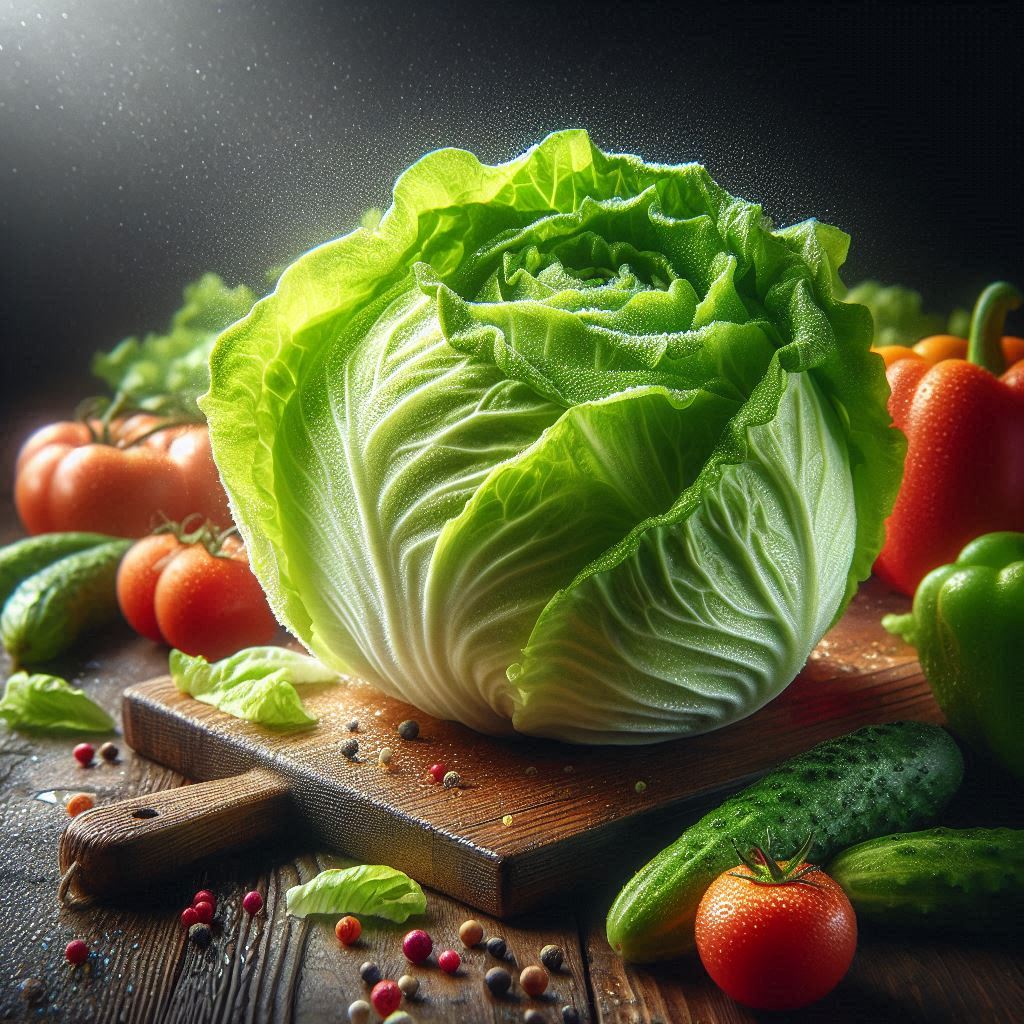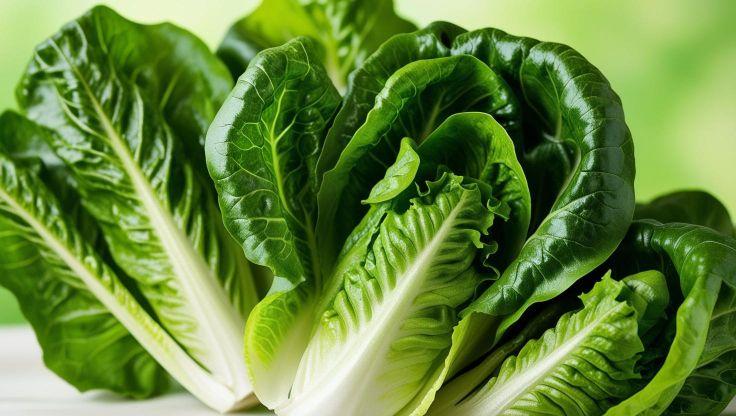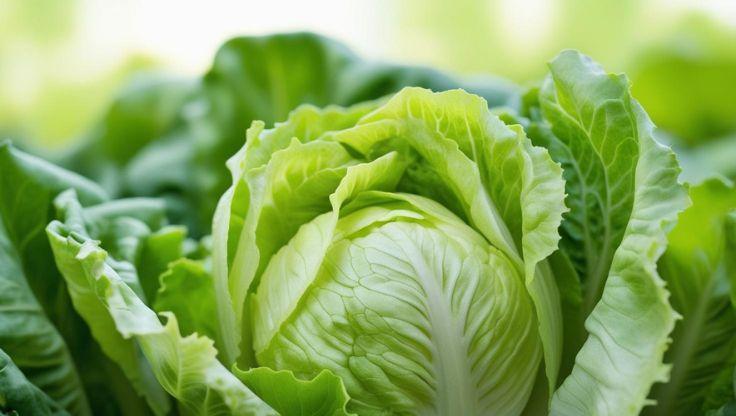Hydroponic Plants: Shiso and Its Cultivation in Hydroponic Systems
Shiso (Perilla frutescens var. crispa) is an aromatic herb widely used in Asian cuisine for its distinct flavor and medicinal properties. Originally from East Asia, hydroponic plants like shiso thrive in controlled environments, enabling faster growth, higher yields, and reduced exposure to soil-borne diseases. Compared to traditional cultivation, hydroponic systems enhance nutrient absorption, allowing for consistent and high-quality harvests.

Hydroponic Growing Conditions for Shiso
Optimizing pH and EC Levels for Hydroponic Plants
Shiso thrives in hydroponic plants systems when maintained within a pH range of 5.5–6.5, ensuring efficient nutrient absorption and healthy root development. The electrical conductivity (EC) level should be between 1.5–2.5 mS/cm, providing the ideal mineral balance for strong foliage growth and enhanced flavor. Properly managing these parameters prevents nutrient deficiencies and maximizes yield potential.
Environmental Requirements for Hydroponic Shiso Cultivation
To achieve maximum yield and quality, hydroponic growers must maintain precise environmental conditions:
- Light Exposure: Requires 12–16 hours of full-spectrum LED or fluorescent lighting daily. Studies show that consistent lighting schedules enhance photosynthesis efficiency and promote vigorous leaf expansion.
- Temperature Regulation: Best grown at 18–24°C, ensuring steady metabolic function and preventing premature bolting. Extreme temperatures can slow growth rates and negatively impact essential oil production.
- Humidity Control: Ideally kept between 50–70%, preventing excessive moisture accumulation that leads to fungal diseases. Installing automated humidity regulators ensures stability and minimizes plant stress.
Advantages of Growing Shiso in Hydroponic Plants Systems
Hydroponic cultivation offers several benefits compared to soil-based farming:
- Precise nutrient delivery enhances shiso’s growth rate and flavor concentration.
- Year-round harvesting ensures consistent production without seasonal limitations.
- Reduced risk of pests and soil-borne diseases, leading to higher-quality, contamination-free produce.
- Efficient water usage, as hydroponic systems require up to 90% less water than traditional soil methods.
Optimized Hydroponic Systems for Shiso Growth
Modern hydroponic techniques such as nutrient film technique (NFT) and deep water culture (DWC) provide efficient oxygenation and continuous nutrient absorption. Proper pruning methods promote dense foliage and higher yields, allowing growers to harvest shiso within 60–90 days.
With expert hydroponic management, shiso becomes a high-value, aromatic crop, perfect for culinary and medicinal applications.
Cultivation Process of Shiso in Hydroponic Systems
Seed Germination and Planting
Shiso seeds should be placed one per hole in hydroponic trays to ensure proper spacing and nutrient absorption. Germination typically takes 7–21 days, depending on environmental conditions. To accelerate the process, growers can use rockwool or grow plugs, which enhance moisture retention and seed viability.
Once germinated, seedlings should be transferred to a nutrient-rich hydroponic system, such as nutrient film technique (NFT) or deep water culture (DWC), which provide efficient oxygenation and continuous nutrient absorption.
Growth and Maturation
After transplanting, hydroponic plants of shiso reach maturity within 8–12 weeks, producing lush foliage and strong root systems. Maintaining a pH range of 5.5–6.5 and an EC level of 1.5–2.5 mS/cm ensures optimal nutrient absorption and healthy development. Regular pruning encourages bushier growth and enhances essential oil concentration, improving flavor and aroma.
Popular Hydroponic Shiso Varieties
Several shiso varieties adapt well to hydroponic gardens, including:
- Green Shiso (Perilla frutescens var. crispa): Known for its fresh, citrusy, minty flavor, widely used in Japanese cuisine.
- Red Shiso (Perilla frutescens var. crispa f. purpurea): A variety with earthy, slightly astringent notes, commonly used for pickling and garnishing.
By following these cultivation guidelines, growers can achieve high-yield, aromatic hydroponic shiso, ensuring a steady supply of fresh herbs year-round.
Uses and Benefits of Shiso in Hydroponic Systems
Culinary Applications
Shiso is a highly aromatic herb that enhances the flavor of sushi, tempura, salads, and pickles, offering a refreshing, slightly minty taste that complements both traditional and modern dishes. Its complex flavor profile, which combines hints of basil, mint, and anise, makes it a staple in Japanese and Korean cuisine. Hydroponic plants of shiso provide consistent quality and higher yields, ensuring a fresh supply year-round.
Studies indicate that hydroponically grown shiso retains its essential oils more effectively than soil-grown varieties, leading to stronger flavor and aroma. Whether used in herbal infusions, marinades, or seasoning blends, shiso adds a nutrient-rich boost to culinary creations.
Medicinal Properties
Packed with antioxidants and anti-inflammatory compounds, shiso supports respiratory health, digestion, and immune function. Research suggests that shiso can help reduce oxidative stress, improve circulation, and enhance liver detoxification. Additionally, its antimicrobial properties make it beneficial for fighting infections and boosting overall wellness.
Hydroponic plants of shiso are cultivated under controlled conditions, ensuring optimal nutrient absorption and higher concentrations of beneficial compounds. This makes hydroponic shiso an excellent choice for herbal remedies, essential oil extraction, and therapeutic applications.


